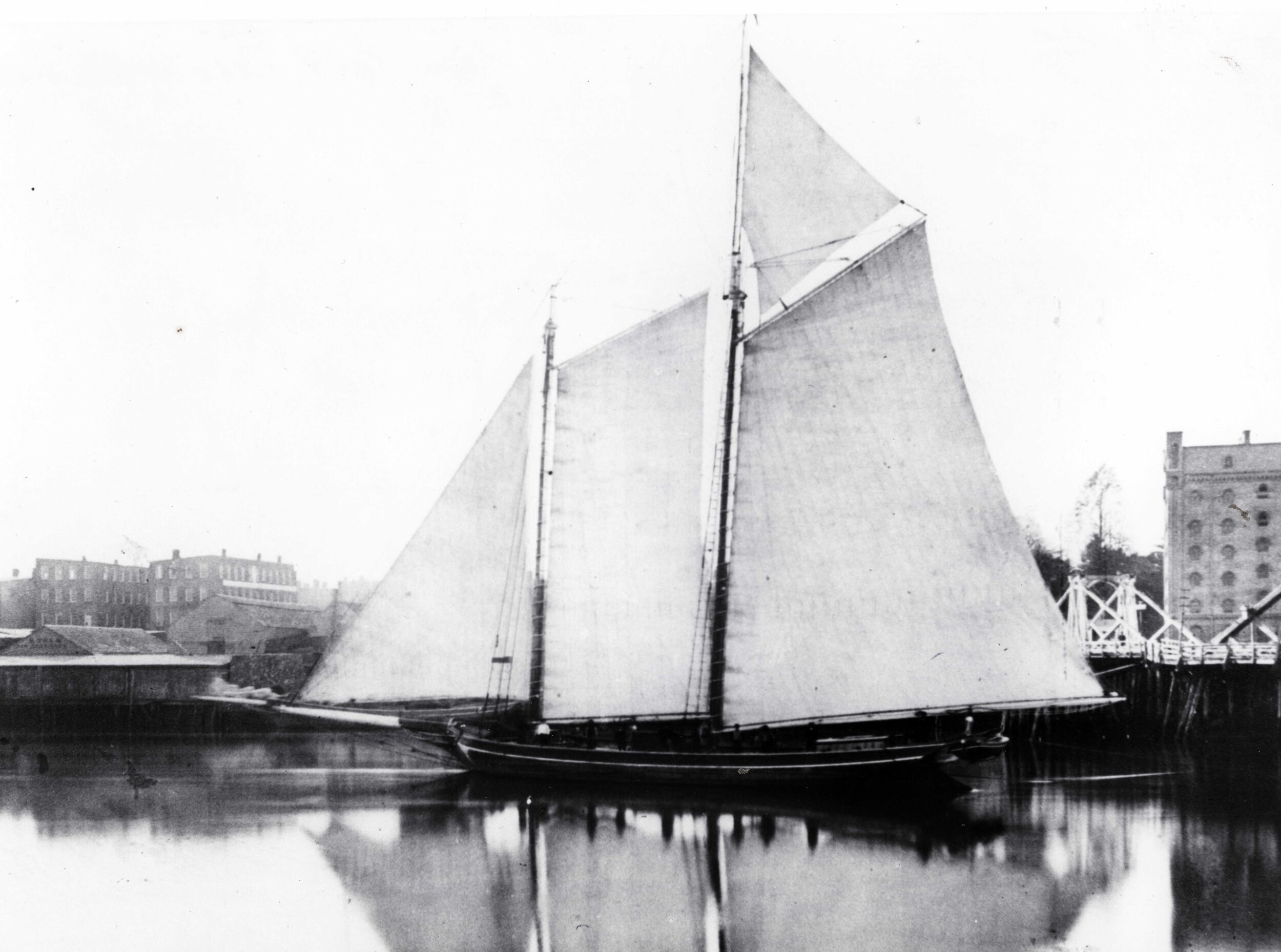THE ROSE BRICK COMPANY
JOHN B. ROSE
John Bailey Rose was born in Haverstraw on April 14, 1875 -d1949. He was the son of John Clark Rose founder of the Rose & Co. brickyard. He was a member of the New York State Senate (25th D.) from 1909 to 1912, sitting in the 132nd, 133rd, 134th and 135th New York State Legislatures. John B. Rose was President of the Greater New York Brick Company, a brick trust with headquarters on 52 street in New York City. 1918, the Rose Brick and Gravel Companies went into receivership, and in 1919 Rose filed schedules in bankruptcy. In 1925, John B, Rose who had continued to live in a mansion in West Haverstraw, invested in nearby brickyard in West Haverstraw.
Roseton
In 1896-1918 John B. Rose took over the family business and named it Roseton. Roseton was more than a brickyard it was built as an entire town with a community that was completely dedicated to brick making with its own zip code, post office, schools and church. John B Rose invested in modern equipment. He built a 3 mile long electric railway to transport clay and sand to the multiple steam driven brick making machines. This new center of brick-making later included two additional big brick manufacturers—the Jova and Arrow brickyards.
“ John B. Rose owned the brickyards, the houses and he owned the store there too. The store sold everything we needed—food, clothes, dishes, just about anything. There was a man who came around with a horse and wagon once a week. If he didn’t have what you needed on his wagon, he’d take your order and bring it the next week….everything we needed we had at Roseton. I remember our Church, our lady of Mercy. It was a big red brick building. The Church and Roseton Hall were the biggest buildings in Roseton. All of our friends and neighbors went to that Church too. “
From an Oral History, The Childhood of Mildred Ducharme Gurran, Haverstraw Brick Museum Archives
Jova Brick Yard Barge, Roseton, New York, Library of Congress
JOHN C. ROSE
1884 — John C. Rose formed the brick firm of Rose & Co. with his sons. Rose & Co. was hugely successful. With sixteen brick machines the Rose brickyard had the capacity to produce twenty-four thousand bricks per day each with two steam engines that ran at one hundred and one hundred and seventy horse power respectively. In the first years of operation, about forty million bricks were turned out of the factory annually, the larger number of them being shipped to New York City by barges.
The Schooner Daniel Tompkins, Photograph taken by Tom Sullivan, Paul Rose collection
Diprock Bridge, Central Park Conservancy
CENTRAL PARK AND JOHN B ROSE
Begun in 1858, designed by Frederick Law Olmsted and Calvert Vaux, Central park’s original 843 acres were designed with sweeping landscapes, bridges and bridal paths.
If you take a walk around Central Park you will notice many beautiful bridges, terraces and garden paths that are made from bricks. While many of the brick structures were made from local bricks, others were made with specialty white bricks from as far away as Philadelphia. Built in 1859 and completed in 1863 Bethesda Terrace is also a fantastic example of herringbone brick bond.
At ROSETON, John B Rose used brick waste leftover from firing and production to make crushed gravel. As one of the first great recyclers of bricks, he worked with Frederick Law Olmsted and Calvert Vaux to create many of the bridal and garden paths in Central Park and Prospect Park that are still used today.
Lithograph postcard showing connected brick barges going up the Hudson River past Storm King. Circa 1880’s
Shipping INNOVATION
John C. Rose is credited with introducing a deck shipping method that made it possible to carry as many as 600,000 brick in a single load. Previously, the old sailing vessels were only loaded below decks and carried no more than 75,000 brick
Beautiful Bricks
Known for the quality and color of their bricks, at its peak, The Rose Brick Company sold 400 million brick a year worldwide. Architects and builders recognized the superior quality of Rose-made brick. Rose Bricks were used in the Ansonia and Bell Nord Hotels, the Customs House at the Battery as well as the Empire State Building, the Linden Apartments in Riverdale, the Stock Exchange, the Singer Tower (now gone) and the Waldorf Astoria.
New York Public Library, Washington Heights







